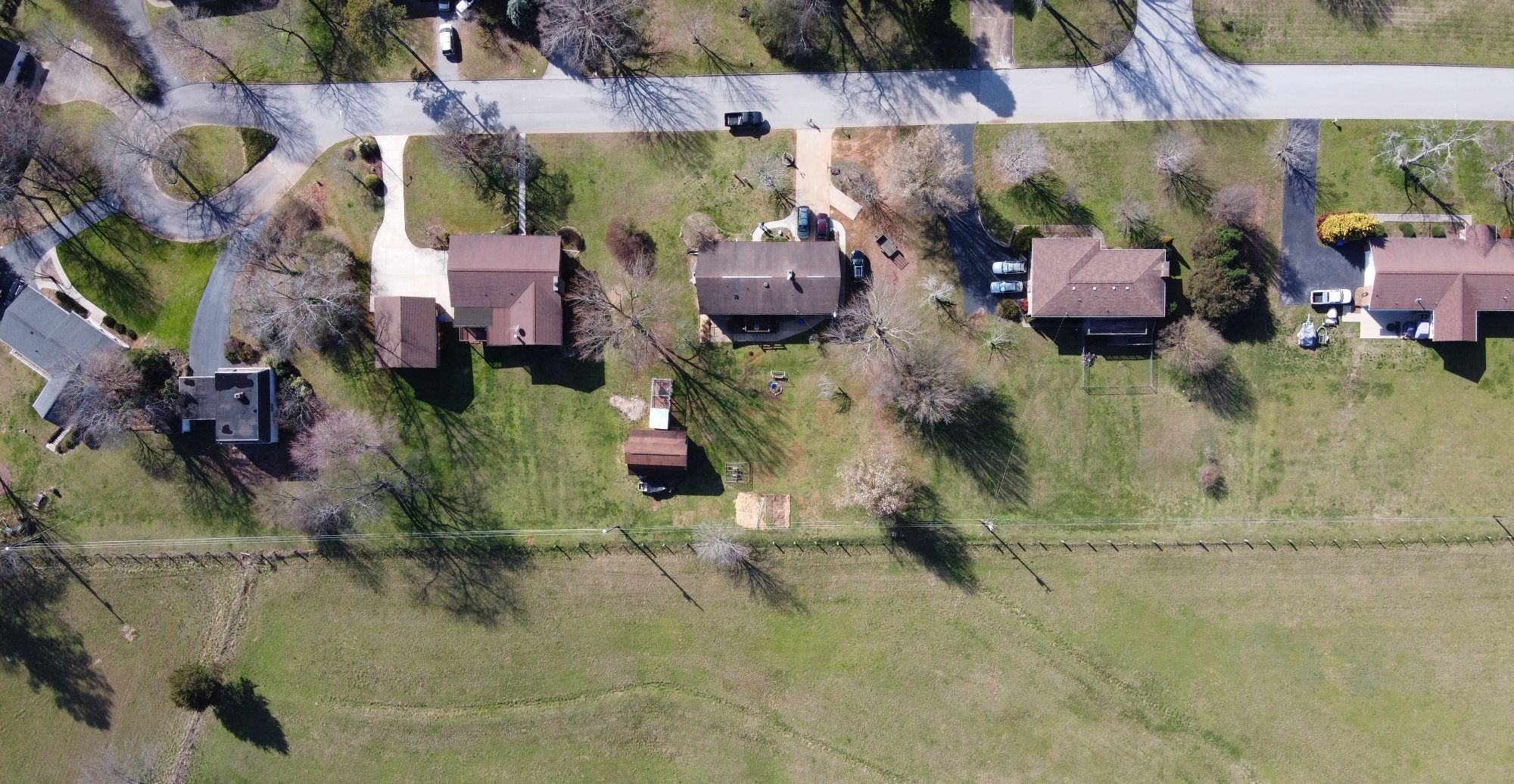Subdivision Consents
Posted: 24 March 2023
In the Autumn 2022 edition of Property Speaking we discussed different types of resource consents. Since then, the government has released a new National Policy Statement for Highly Productive Land (NPS-HPL), which you can read here. The purpose of the NPS-HPL is to ensure that highly productive land is protected for use in land-based primary production, both now and for future generations. Councils are now required to consider the need to preserve highly productive land when determining any application for a subdivision consent.
Subdivision consent
If you want to change the size of your section by purchasing some of your neighbour’s property and merging it with your own (a boundary adjustment) or you want to split your property into additional property titles, then you will need subdivision consent from your local council.
Requirements
Your region’s district plan sets out the requirements that you must meet in order to subdivide your property. In addition to the requirements being different between regions, the requirements are also different depending on the zone in which your property is located. Properties are divided into zones that consider the standard characteristics expected in that area. The zones are:
- Residential
- Commercial/retail/town
- Industrial
- Rural lifestyle
- Rural production, and
- Special purpose.
The names of the zones may differ between regions but there will be a zone for each of those standard characteristics.
Conditions
Consent for your subdivision is likely to come with conditions.
Your local council may also ask that part of your property is transferred to the council; this is known as ‘vesting.’ Sometimes the council will pay you for that land but other times it will form part of your development contribution.
Areas around waterways may be taken for an esplanade reserve or esplanade strip, whereas areas of land that will become roads may be taken for road reserves.
The council can also require that new subdivisions have certain design specifications which are dictated through the district plan; these are recorded on the property title in a consent notice.
Affected parties
Where your subdivision is not a permitted activity, or it does not fit within the standard requirements for a subdivision in that area, the council may still grant you consent on a ‘notified basis.’ This means that it provides notice to affected people who can then raise any concerns with your proposed subdivision within a specified time.
The council may add further conditions to the development or even refuse the consent depending on any concerns raised.
Highly productive land (HPL)
In addition to the prior considerations that councils had to consider, since 17 October 2022, they now must map the land within their region to determine if it is HPL. In general, land will be mapped as HPL if it is:
- In a general rural zone or a rural production zone
- Predominantly within an area with a Land Use Capability class of between 1–3. A helpful map shows the current class of land within New Zealand here
- Not identified for future development within the relevant district’s district plan as at 17 October 2022, and
- Forms a large and geographically cohesive area.
Councils have the next three years to remap all the land within their region. Until that mapping is completed, all land will be treated as HPL if it falls within categories 1–3 above.
Most of the Land Use Capability class 1–3 land is within Northland, Auckland, Waikato, Bay of Plenty (between Tauranga and Whakatāne), Taranaki, Manawatu, Canterbury, Otago and Southland, although there are smaller areas of class 1–3 land throughout New Zealand.
If you are applying for a subdivision consent, your local council will consider whether the land is HPL and, where it is, it will be much more difficult for you to obtain a subdivision consent.
Since the NPS-HPL came into force on17 October 2022, it has caused problems for landowners who had subdivision consent applications for land within class 1–3 areas pending on that date. Councils had to reassess applications taking HPL into account. This, in some cases, resulted in consent being refused.
If you are thinking about subdividing your property, especially in a rural zone, do talk with us and your surveyor early on. We can discuss the specific planning requirements that now apply to your property and help assess whether your subdivision is likely to receive consent before you proceed any further on the development.
DISCLAIMER: All the information published in the Property eSpeaking, Commercial eSpeaking, Trust eSpeaking, Rural eSpeaking, and Fineprint newsletters is true and accurate to the best of the authors’ knowledge. It should not be a substitute for legal advice. No liability is assumed by the authors or publisher for losses suffered by any person or organisation relying directly or indirectly on this article. Views expressed are those of individual authors, and do not necessarily reflect the view of this firm. Articles appearing in Property eSpeaking, Commercial eSpeaking, Trust eSpeaking, and Fineprint may be reproduced with prior approval from the editor and credit given to the source. Copyright, NZ LAW Limited, 2025. Editor: Adrienne Olsen. E-mail: [email protected]. Ph: 029 286 3650 or 04 496 5513.
